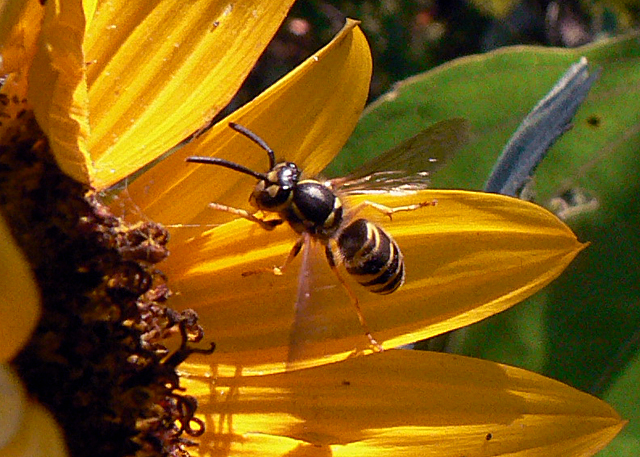Wasp Week Day 4: European Paper Wasp
Thursday, October 25th, 2007
European paper-wasp, Polistes dominulus
2007-08-18
Zebra Mussels, Kudzu, Cane Toads, and European Starlings may get more press; but invasive, exotic species are crowding out native insects too. According to Wikipedia, the European Paper Wasp was first noticed in New Jersey in 1968; but the real damage seems to have been done by an infestation starting in Massachusetts in the late 1970s. It has since spread up and down the East Coast. Exactly how much damage it’s doing to native wasp species is an open question. However, on a recent trip to Jamaica Bay Wildlife refuge it was the only wasp I found, and I saw several colonies set up inside bird feeders. This can’t be good.
Pay special attention to the yellow antennae. This is the easiest way to distinguish it from native species such as the Eastern Yellowjacket.
(more…)

